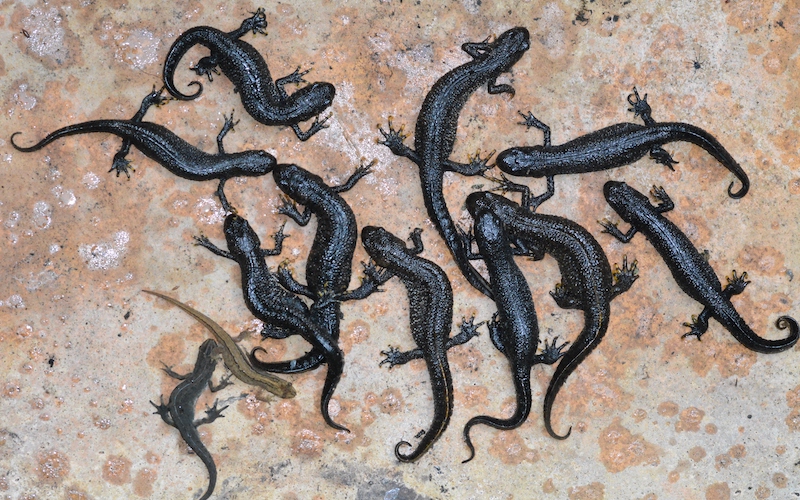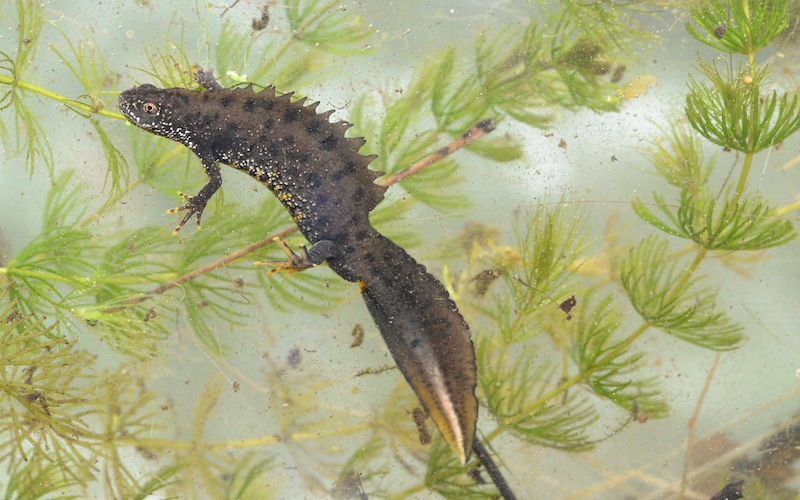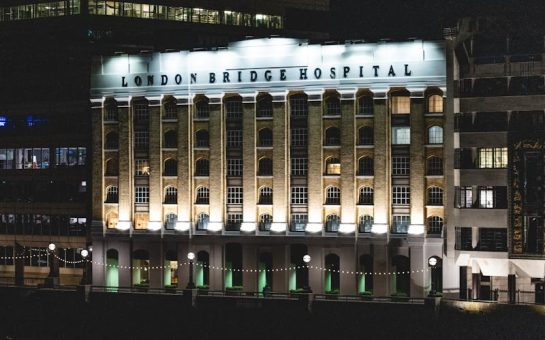The Chair of Trustees of a reptile and amphibian trust has said that a planned housing development in Finchley will contribute to the extinction of the great crested newt.
Plans have been submitted to Barnet Council by developer Regal London for the redevelopment of Great North Leisure Park in Finchley which would create more than 1,500 new homes.
Will Atkins, who has served as Chair of Trustees at the London, Essex and Hertfordshire Amphibian and Reptile Trust (LEHART) for 20 years, has condemned the proposals for the impact they will have on wildlife in the adjacent Glebelands Local Nature Reserve.
He said: “Obviously, we need housing, but I would suggest that 1,501 dwellings, which is the proposal, including some buildings that are 25 stories high, right next to Greater London’s most significant great crested newt nature reserve is out of scale, out of proportion, and undoubtedly, as acknowledged by the developers consultant’s own report, will have a negative impact on the great crested newt.
“In my view, it will probably lead to their extinction.”
The great crested newt population at Glebelands is said to be the largest population of the amphibian in London, with 86 found by LEHART during a count in April.
Atkins was keen to stress the importance of the species to the area as a whole.
He said: “These are spectacular animals, they’re often referred to as looking like little tiny dinosaurs.
“I think one of the most important things about them is not so much their kind of role in the ecosystem, but their role in our own imaginations and particularly getting kids hooked on nature.
“Here we’ve got an incredible resource, which really should be used more in terms of as an educational resource and perhaps less as ‘this is just a little bit of rough that we can build our houses next to’.”

Great crested newts are identifiable by their orange yellow bellies with black spots and the males have tall jagged crests on their backs.
They have considerable protection in the UK under the Wildlife and Countryside Act 1981 and their habitat is also protected through the Habitats Directive.
The Habitats Directive was an EU law which the UK agreed to continue following post-Brexit.
With all this legal protection for the great crested newt, Atkins fears the implications of a development like this going ahead.
He said: “If it gets the nod then it basically says, forget the legal status of Britain’s most highly protected species.
“It’s a test case in terms of whether we value wildlife conservation and whether we value the legislation that is attached to those particular species.
“If you can build next door to great crested newts, then maybe you can just destroy an osprey nest, and maybe you can go and bulldoze an otter halt, and it sort of opens the floodgates to that whole thing.
“From a political angle, It goes bigger than just Barnet.”
When asked for comment, Regal London said: “Regal is in active dialogue with the London Borough of Barnet Ecology and Green Spaces teams regarding the Glebelands Nature Reserve and the Great Crested Newt population.
“The planning application includes an Environmental Impact Assessment (EIA) which addresses all relevant matters associated with ecology and is being assessed and reviewed by the relevant Council officers.”
Barnet Council was contacted for comment.
Photo credit Will Atkins, LEHART, under licence





Join the discussion